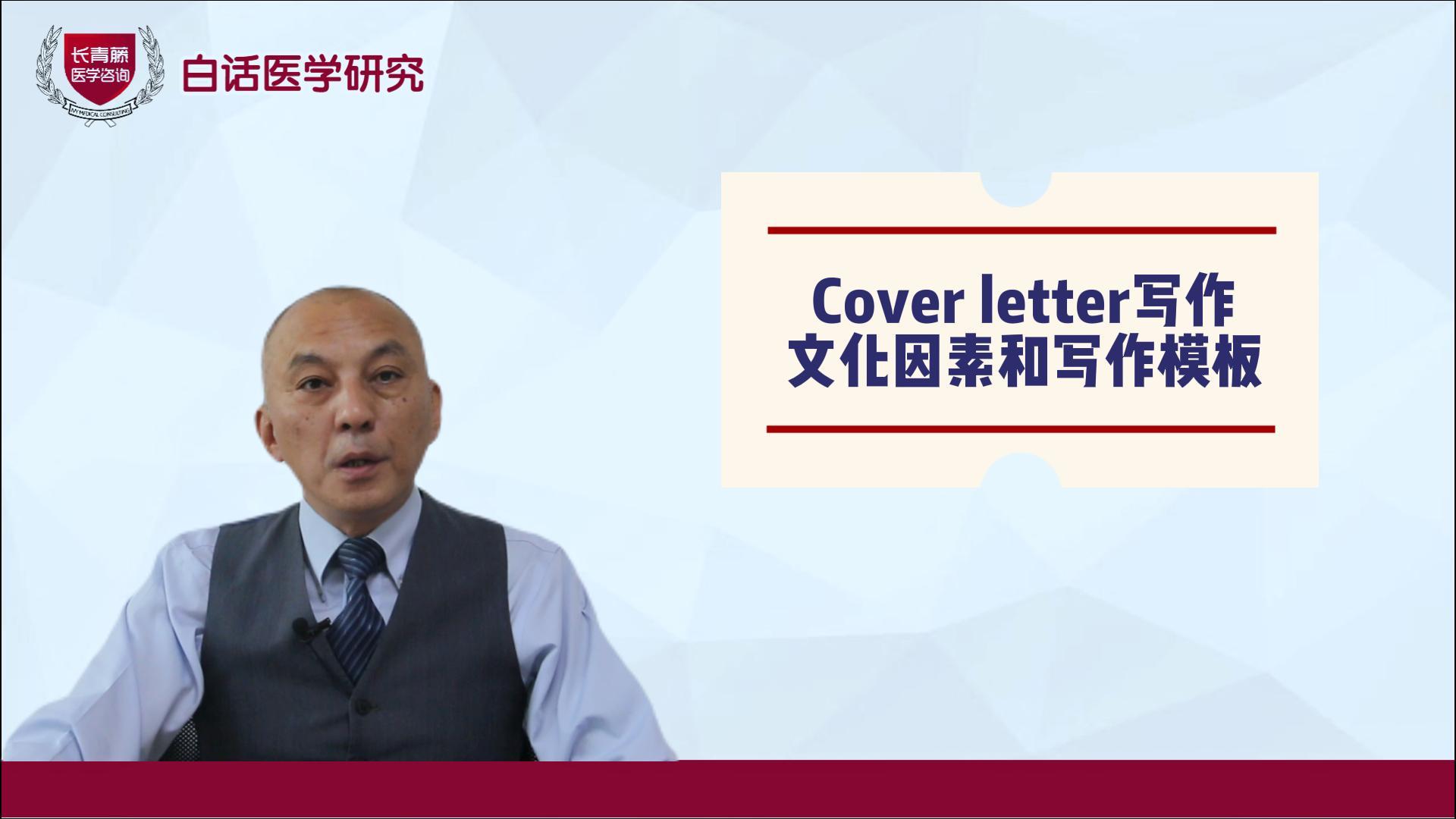2023-01-16


我们通过一项全国性队列研究,调查韩国痛风患者的癌症风险。
数据来自韩国国家医疗保险服务数据库。痛风患者的定义是2008年至2010年期间确诊为痛风并接受抗痛风药物治疗(别嘌呤醇、秋水仙碱和苯溴马隆)的≥ 20岁患者。频率匹配年龄和性别后,将指甲疾病患者随机分配到对照组(1:1)。然后调查2012年至2018年期间的癌症发病率。在对伴随疾病进行调整后,Cox比例风险回归分析用于研究痛风与癌症之间的关联。
本研究包括179,930名痛风患者和同等数量的匹配对照。痛风患者的总体癌症发病率高于对照组(发病率比,1.08)。Cox比例风险回归分析显示,在对伴随疾病进行调整后,痛风的相关风险比为1.053 (95%置信区间,1.031至1.077)。痛风与癌症的高风险相关,尤其是食道癌、胃癌、结肠癌、肝癌、胰腺癌、肺癌、卵巢癌、肾癌和膀胱癌。
Abstract
Background/aims: Using a nationwide cohort, we investigated the cancer risk in Korean patients with gout.
Methods: Data were obtained from the Korean National Health Insurance Service Database. Patients with gout were defined as those aged ≥ 20 years who were diagnosed with gout and received anti-gout medication (allopurinol, colchicine, and benzbromarone) between 2008 and 2010. Patients with nail disorders were randomly assigned to a control group (1:1 ratio) after frequency matching for age and sex. Cancer incidence was then investigated between 2012 and 2018. Cox proportional hazard regression analysis was used to investigate the association between gout and cancer after adjusting for concomitant diseases.
Results: This study included 179,930 patients with gout and an equal number of matched controls. The incidence of overall cancer was higher in patients with gout than in controls (incidence rate ratio, 1.08). Cox proportional hazards regression analysis showed that gout was associated with a hazard ratio of 1.053 (95% confidence interval ,1.031 to 1.077) after adjusting for concomitant diseases.
Conclusion: Gout was associated with a significantly high risk of cancer, especially esophageal, stomach, colon, liver, pancreatic, lung, ovarian, renal, and bladder cancers.
原文链接
pubmed.ncbi.nlm.nih.gov/32872748/
百度浏览 来源 : 医微客
版权声明:本网站所有注明来源“医微客”的文字、图片和音视频资料,版权均属于医微客所有,非经授权,任何媒体、网站或个人不得转载,授权转载时须注明来源:”医微客”。本网所有转载文章系出于传递更多信息之目的,且明确注明来源和作者,转载仅作观点分享,版权归原作者所有。不希望被转载的媒体或个人可与我们联系,我们将立即进行删除处理。 本站拥有对此声明的最终解释权。




发表评论
注册或登后即可发表评论
登录注册
全部评论(0)